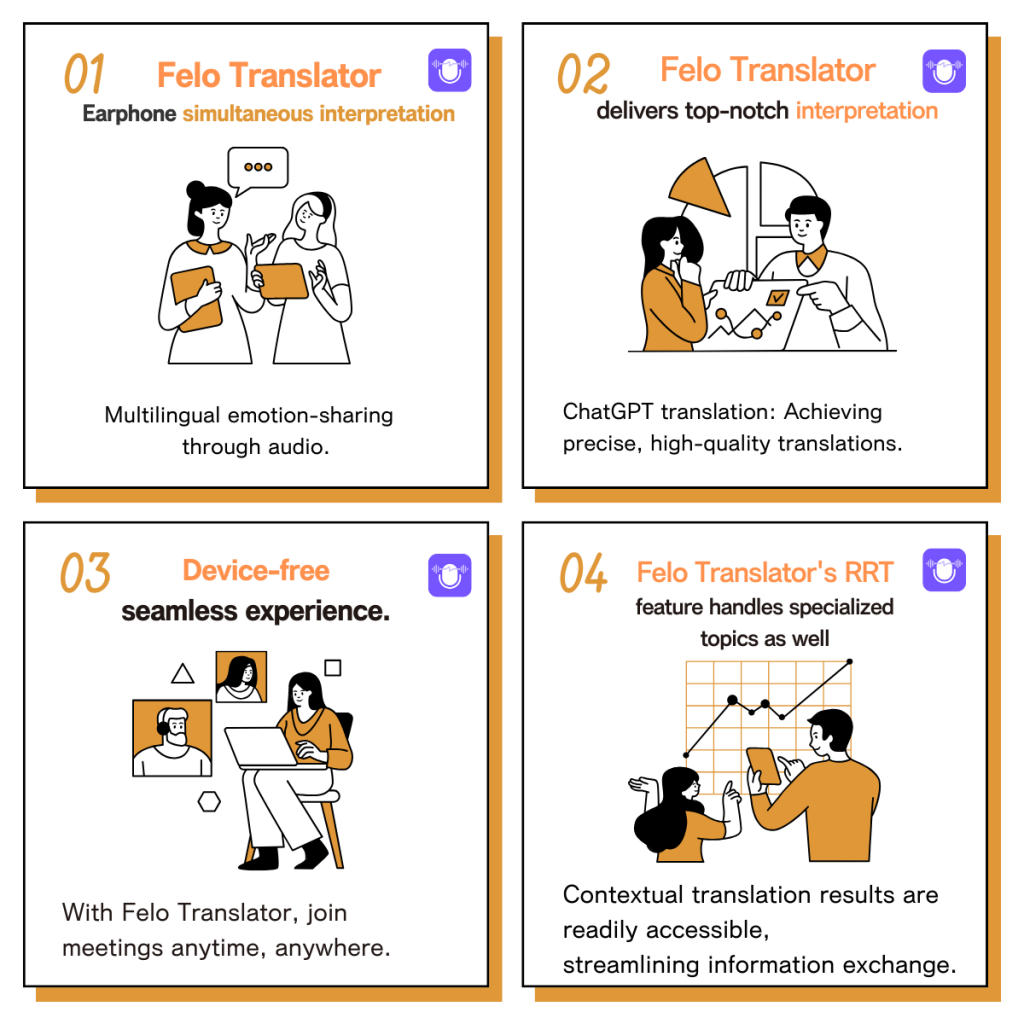Translation is the process of converting text or speech from one language to another. Translation must be done while preserving the meaning and intent of the document. Types of translation include document translation, oral translation (interpreting), and machine translation.
This article focuses on Chinese and Japanese translation, explaining their characteristics and points to note in detail.
Types of Translation
There are several main types of translation:
- Document Translation: Translation of written texts (books, articles, technical documents, etc.).
- Oral Translation (Interpreting): Translation of spoken language (meetings, teleconferences, interviews, etc.).
- Machine Translation: Translation performed automatically using AI or translation software.
In recent years, machine translation accuracy has significantly improved with the evolution of AI technology, but understanding nuances and attention to detail still require human translators.
Characteristics of Chinese
Chinese (Mandarin) is the primary language in China and other Chinese-speaking regions, with the most native speakers worldwide. It has the following characteristics:
・Traditional and Simplified Characters:
Traditional characters are used in Taiwan, Hong Kong, Macau, etc., while simplified characters are mainly used in mainland China and Singapore. Simplified characters are simplified forms of traditional characters, introduced for ease of learning.
・Dialect Diversity:
There are many dialects, including Standard Chinese (Mandarin). Cantonese, Shanghainese, and Hakka are well-known. Cantonese, in particular, is widely known through Hong Kong films and music.
・Importance of Syllables:
Chinese is a tonal language, where meaning can change significantly with tone (four tones). For example, “妈” (mā: mother), “麻” (má: hemp), “马” (mǎ: horse), and “骂” (mà: scold) are the same syllable but have different meanings due to tone differences.
Characteristics of Japanese
Japanese is spoken in Japan and has the following characteristics:
・Three Types of Characters:
Uses Kanji, Hiragana, and Katakana. Kanji are characters with meaning, while Hiragana and Katakana represent sounds. By combining these characters, the range of expression is expanded.
・Honorifics:
Uses honorifics (polite language, humble language, respectful language) to express the relationship between the speaker and the listener. For example, using honorific language “召し上がる” instead of “食べる” shows respect to the speaker.
・Grammar Structure:
Japanese has an SOV (Subject-Object-Verb) structure, while Chinese has an SVO (Subject-Verb-Object) structure. This difference requires attention in translation.
Key Points of Translation
There are several key points in translating Chinese and Japanese:
・Cultural Differences:
Understanding cultural backgrounds and expressing them appropriately is important. For example, in China, “龙” (dragon) is a symbol of strength and authority, with a positive image, but in Japan, “龙” (dragon) and “鬼” (demon) are both feared and have negative images.
・Grammar Structure:
As mentioned above, Japanese is SOV and Chinese is SVO. Understanding this grammatical difference and appropriately changing the word order to make sentences natural is necessary.
・Honorific Expressions:
Japanese has complex honorific expressions, and understanding the context is necessary for accurate translation. For example, both “いただく” and “もらう” mean “to receive,” but “いただく” is a humble form and a more polite expression.
・Translation of Simplified and Traditional Characters:
Depending on the region of the translation target, it is necessary to use simplified or traditional characters. Use traditional characters for Taiwan-oriented text and simplified characters for mainland China-oriented text.
〜Things to Know〜
Specialized Knowledge:
When translating specialized content, a translator familiar with the field is needed. For example, medical documents or legal documents require translators who understand specialized terms and concepts in those fields.
Trivia:
There are many borrowed words (loanwords) in Japanese. For example, “バイト” (part-time job) and “メール” (email) are commonly used and have become part of the Japanese language.
Evolution of Machine Translation:
In recent years, the accuracy of machine translation has significantly improved. AI translation tools such as Google Translate and DeepL are very useful for translating everyday conversations and business documents. However, human translators are still needed to accurately translate specialized terms and contextual nuances.
Summary
In conclusion, translating Chinese and Japanese involves many elements. To achieve accurate and natural translation, it is important to understand not only the language but also the culture and grammar. Therefore, continuous learning and practice are essential to improve translation skills.
Efficient and accurate real-time translator tools to improve your work — Felo Translator

What is Felo Translator ?
Felo Translator is an AI simultaneous interpretation app equipped with GPT-4 engine and RRT technology. Quickly and accurately translate audio from over 15 foreign languages including English, Spanish, French, German, Russian, Chinese, Arabic, and Japanese.
Supports downloading of original and translated texts to help you learn accurate expressions and pronunciation. As a large-scale language model, ChatGPT accurately conveys the passion, expression, and dramatic effect of the stage, allowing audiences to fully understand and enjoy the excitement brought by different linguistic cultures.
How can Felo Translator assist simultaneous interpreters?
Felo Translator supports beginners in simultaneous interpretation and solves problems by leaving no notes behind and more accurately translating technical terms.
Simultaneous interpretation is a complex and highly technical task, requiring interpreters to have solid language skills, a wealth of specialized knowledge, and a good sense of teamwork.
Only continuous learning and improvement of one’s translation skills can make one qualified for this important translation task and contribute to the smooth progress of international communication.
iOS Download | Android Download
Related Articles↓
【2024】Top 15 Chinese Speech Translation Apps: A Detailed Guide to Choosing the Right One
Top7 Best Transcription Apps! Choose by Accuracy and Speed
